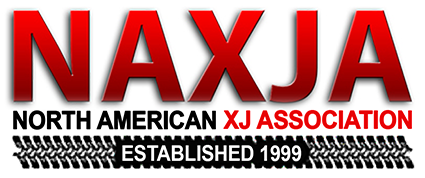Pull the factory fittings off of the compressor. There will be 2 threaded "studs" coming out. It is a standard 3/4" pipe fitting. Just get a 3/4 to 1/2 pipe reducer, then a 1/2 to 3/8 pipe reducer, and a 3/8 to 1/4" pipe reducer. (If you want to use a smaller line, which is probably best, as 1/4" will flow more then you'll need, and be easier to route.)
It's all standard pipe fittings. Hit up Home Depot or Lowes or your local hardware store and dig through the plumbing section. You'll get all the pieces you need there.
As for lubrication. I'm just using a standard compressed air lubricator. You know, the kind that you would put in your system that will automatically lubricate your tools. I have this on the intake side, and I am using 10w30 synthetic oil. I picked it up for 30 bucks at lowes.
Total, I probably have around 150-200 bucks in my system. However, it is done right, and I bought everything new. I bought my pressure switch and a relief valve from Kilby, who I'd reccomend, if you don't mind waiting. Great service! But if you know where to look you can find all the pieces you need in town. (Even in my podunk 10,000 person town) Kilby's stuff is high quality stuff, you can find better deals on a few things, on some stuff though, Kilby has the best prices. My system is pieced together, a few parts from here, a few from there...
It is very simple to do. I spent maybe 2 hours total, including a test fit. No special tools are required, as long as you have some big wrenches as the pipe fittings are ~1-1/8". (A cresent will work)








